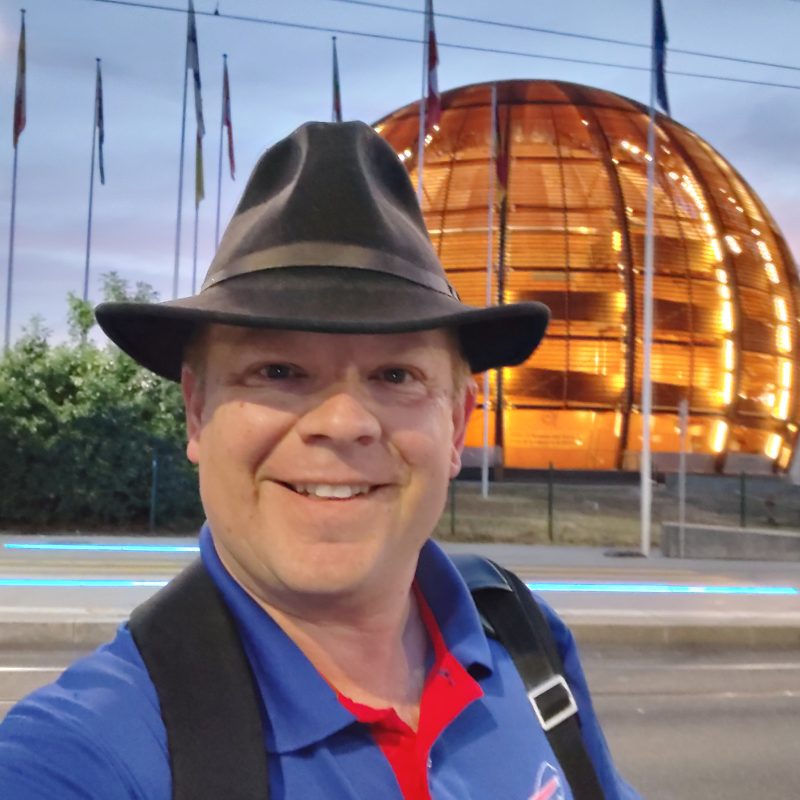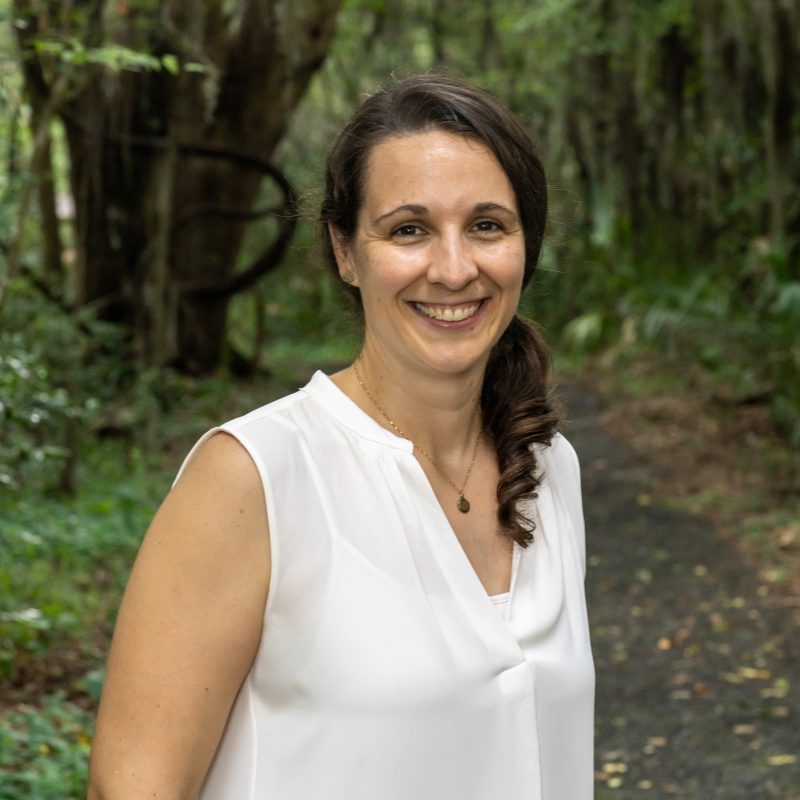Long-term Arctic Lake Area Change: Reducing Uncertainty and Paving a New Path Forward
There are more lakes and ponds in the Arctic than anywhere else in the world. These lakes provide habitat for wildlife and support the subsistence activities of Indigenous communities. Arctic lakes are also an important component of the climate system. Changes in lake area could strengthen or reduce climate change feedbacks, depending on whether lakes expand or shrink. Previous research shows that climate change is causing Arctic lake area to change, but the overall trend is unclear. This project uses high-resolution satellite data to assess the direction and magnitude of surface water change in the Arctic.
Participants Involved in This Project
© Polar STEAM. All Rights Reserved.




